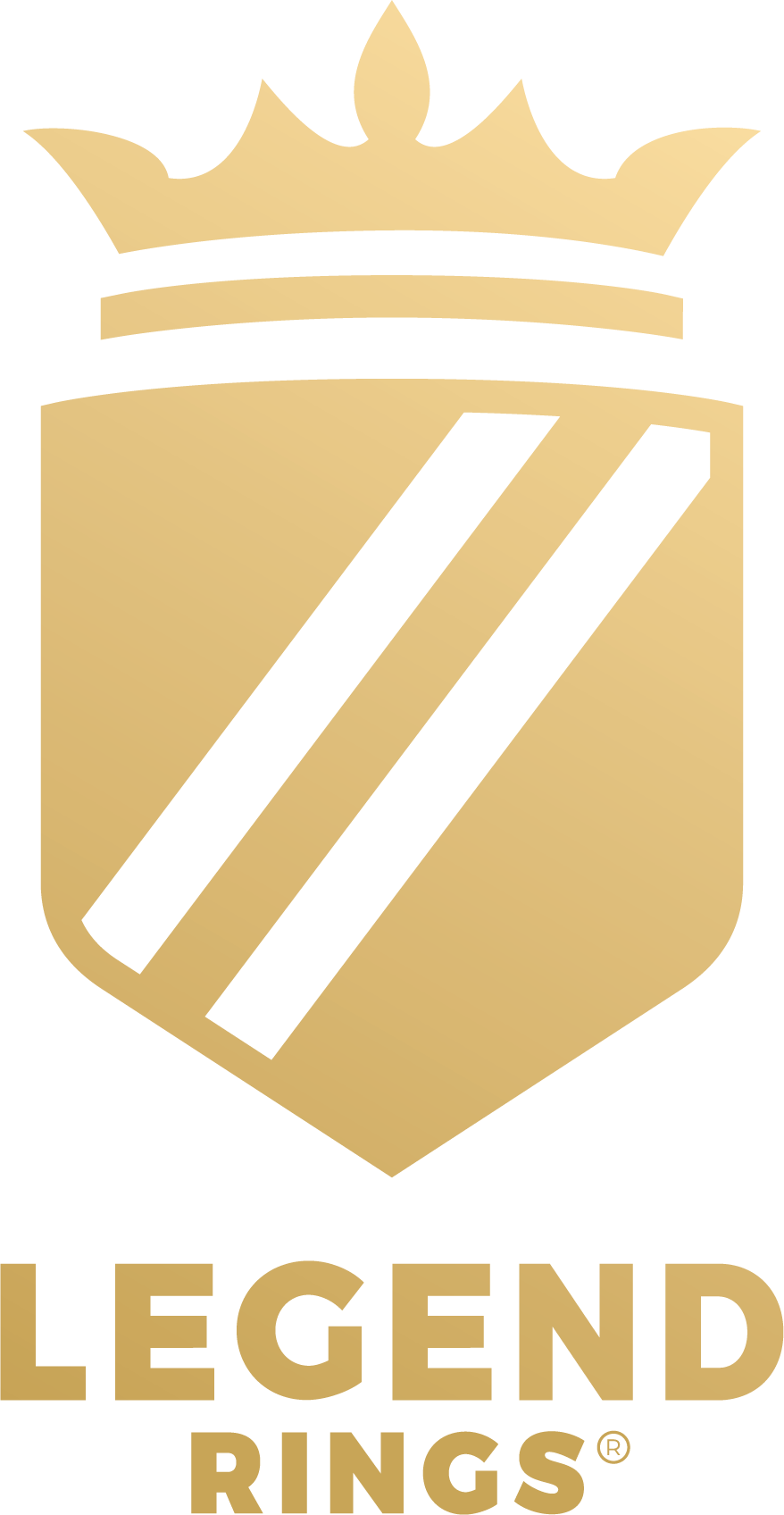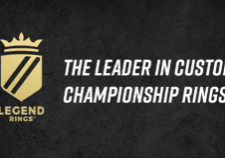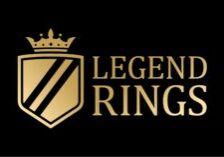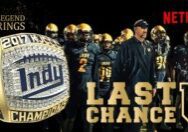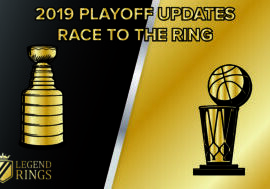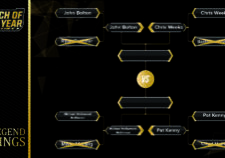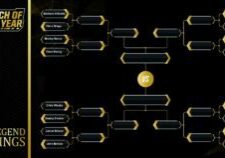
Before the XFL: The Rise & Fall of the USFL
Earlier this week, Vince McMahon announced the return of the XFL, a football league that lasted all of one season back in 2001. Over the past week there’s been a resurgence of talk about the XFL, its fight to become a respectable league within the sports and media communities, its past and future differentiation from the NFL, its ties to the NFL and its lasting impressions on the NFL. We’ll let you read up about that on your own.
Today we’d like to take a look at one of the precursors to the XFL. Throughout history, there have been many professional football leagues in North America that have tried to directly or indirectly compete with the NFL – the World Football League, Continental Football League, United Football League and Arena Football League to name a few. One of the most notable, in terms of its similarities to the XFL was the United States Football League (USFL).
The USFL
The USFL was a spring and summer league that existed from 1983 to 1985. In the 1960s David Dixon (who played a big role in bringing the NFL to New Orleans) came up with a new business idea. Its basis was that there was a market open for football during the spring and summer months – during the NFL’s offseason. The dream for the USFL was born. Throughout its 3-year existence, the USFL had 18 franchises. Of those, only 5 – the Denver Gold, Los Angeles Express, Oakland Invaders, Birmingham Stallions and Tampa Bay Bandits remained in the same city through their entire history. Others, like the Boston/New Orleans/Portland Breakers relocated throughout their history – finding it hard to gain traction in the market. Two expansion teams – the Oklahoma Outlaws and Pittsburgh Maulers only lasted one season.
Lots of Talent
Despite only lasting 3 seasons, the USFL featured some pretty impressive talent. Notable players included Herschel Walker, Chuck Fusina, Jim Kelly, Reggie White, Brian Sipe, Garry Zimmerman, Mike Rozier, Doug Flutie and Joe Cribbs. 8 USFL alumni have been named to the Pro Football Hall of Fame.
By all standards, the USFL was respected for its on-field product.
The Demise of the USFL
With lots of respectable talent – you’d have figured the USFL would have been able to stick. But it didn’t.
There were three main reasons that the USFL folded – all of which have NFL ties. The first as mentioned above, was that some of the teams landed big name NFL stars and recruits. You’d think having a good product would be a great thing for a young league. Not so much. This created a bidding war for players. With both NFL teams (who had bigger pockets) and USFL teams vying for the exact same players’ services – the costs drove up and USFL teams would often have to spend above their means to be able to sign some of these big talents. The considerably good on-field product may have seemed like a good thing at the time, but in hindsight if the league had tried to keep parity between teams instead of creating a massive bidding war (particularly in the beginning) it may have been better for the league’s long term survival.
The second thing that ultimately did the league in is the fact that the USFL purposely set up in NFL markets. Of the 12 original teams, 9 were in cities with NFL teams and all but 2 were in the 13 biggest US television markets. For the league to be viable – it needed big TV contracts and lots of exposure. The problem with this is that it needed to be in these bigger markets, and thus compete against the NFL. This wasn’t necessarily a problem for the first 3 years when the league was a spring and summer league. Although there were several team relocations, the product on the field was good enough to start a few fanbases and give the league some roots – particularly in the Sun Belt. However…
NFL Trumps All
The biggest downfall of the USFL came when the league decided to move to a fall league – directly competing with the NFL. Led by New Jersey Generals’ owner (and future president) Donald Trump, the league tried to strongarm the NFL into merging the two leagues by moving the schedule to the fall. Part of their plan was to file an antitrust lawsuit against the NFL – claiming they owned a monopoly on the big TV networks and in some cases the stadiums. Although the USFL actually won the case, they weren’t awarded a big settlement which they needed for the league to move forward. Without money, the USFL folded.
To sum up – if the league hadn’t have gone after big name NFL talent, they would have had more money long term (meaning fewer relocations, teams sold, etc). If the team had set up in more smaller markets (Birmingham, Orlando, Memphis and Jacksonville were all USFL success stories – none of those cities had NFL or MLB teams at the time) they might have had a chance to compete better with the NFL or baseball. If the USFL hadn’t decided to switch to a fall league, they would have had greater chances at better television rights, particularly in markets where there wasn’t already an NFL team present.
If the league had stuck to its original spring and summer schedule and had focused on the Sun Belt, Baltimore (a successful franchise located in a city that had just been abandoned by the NFL) and New Jersey (where the owner was rich and the city could handle another pro sports team, particularly one that was different than the NFL) – the league likely would have a very good chance to grow and succeed.
Lasting Impressions on the NFL
Many of the USFL rules implemented to differentiate the league from the NFL, were eventually adopted by the NFL. Among them – the 2-point convert, salary cap and instant replay.
The USFL is credited at least in part for bringing NFL teams to new markets. The Jacksonville Jaguars can thank the success of the USFL’s Jacksonville Bulls for showing the NFL that the city was a viable market for expansion. The Memphis Showboats helped bring the Tennessee Titans to the state (although the Titans play in Nashville). The Baltimore Stars were a contributing factor to bringing an NFL team back to the city. Although the Arizona Wranglers/Outlaws never had the best attendance, it was only a few years later that the Arizona Cardinals came to town. Beyond football, Tampa Bay showed its prowess as a year-round sports hub with the Tampa Bay Bandits. The Rays (MLB) and Lightning (NHL) both came to the city a few short years after the USFL folded.
It’s safe to say the NFL wouldn’t look quite the same as it does now without the USFL.
The USFL & XFL
There are a ton of parallels that can be drawn between the USFL and XFL. For starters, both leagues had springtime ties. Both saw an opportunity for there to be multiple leagues (particularly in the NFL’s offseason) in big American markets. When the XFL came to the scene in 2001, all but 1 of the teams (the Los Vegas Outlaws) were located in previous USFL cities.
There’s no doubt that both leagues have had a lasting impact on the NFL. We’ve talked about the USFL’s long term impact on the NFL above. Similarly, you’ll notice today’s NFL games have a certain flair – camera views, microphone placements, halftime/mid-game entertainment and more relaxed rules on touchdown celebrations that are comparable to how the XFL originally operated. McMahon thought the NFL was boring in 2001. It’s gotten a whole lot more entertaining since then and the XFL can be at least partially credited for the more exciting product we see nowadays.
The final comparison (and most dreary) between the two leagues is the fact that both the USFL and XFL didn’t last very long. Both had troubles gaining traction into the market and with the media (even though NBC owned part of the XFL). Despite both leagues knowing the importance of attracting fans through the mass media, neither could really breakthrough. This ultimately doomed both leagues. Perhaps the resurged XFL in 2020 can take advantage of the ways that people consume media now (which go far beyond TV and radio) and use online, social media or whatever other innovative technology that exists 2 years from now, to reach a wider audience. Arguably, a new league has more avenues than ever before to reach either a niche or broad audience.
It will be interesting to see if the new XFL follows its former self and the USFL, or if it can finally break into the NFL audience like no league has been able to do in the past 50 years.
